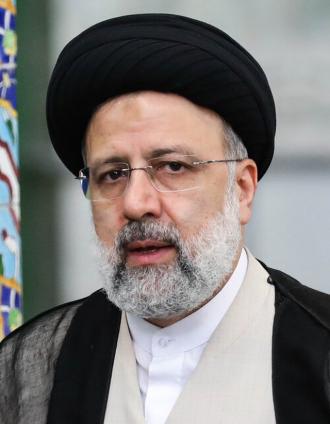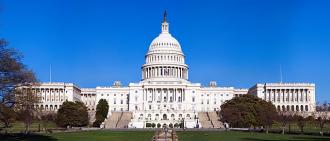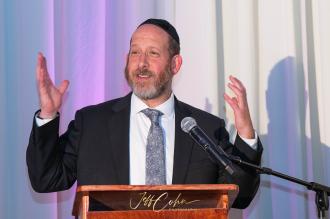On February 21, 1973, a Libyan passenger plane, Libyan Airlines Flight 114, flying from Benghazi to Cairo, entered the airspace over the Sinai peninsula. The Sinai had been under Israel’s control since the Six-Day War in 1967, when Israel inflicted heavy losses on the Egyptian military and occupied the entire peninsula. Israeli jets scrambled to intercept the plane, making contact just after 2 p.m. The fighter pilots gave the universal signal ordering the Libyan plane to follow them. Their plan was to have the Libyan plane land at the air base in Rephidim, in the middle of the Sinai Desert.
At first, it seemed that the Libyan pilot was following. But as they closed in on the air base, the plane suddenly veered west, back toward the Suez Canal. The fighter pilots reported its unusual behavior and the fact that all the plane’s window shades were shut, making it impossible to see into the aircraft. The airliner was now heading west for the Suez Canal area covered by the Egyptian surface-to-air missile umbrella, which was off-limits to commercial traffic ― yet despite this, the surface-to-air missiles didn’t open fire. The whole Sinai had been a no-fly zone for civilian aircraft since Israel had captured it in 1967.
Add to this the fact that there had been explicit warnings about terrorists trying to blow up an airliner over Tel Aviv or another Israeli target, including the nuclear facility in Dimona, and the decision by the Israeli Air Force commander to request permission to shoot down the aircraft is not surprising. The chief of staff of the Israeli Defense Force, who had not slept the previous night because of an operation against Palestinian terrorists in Tripoli, Lebanon, was now awakened, and he promptly approved the request. A few minutes later, the smoking remains of the aircraft were strewn across the desert floor. Of the 113 passengers on board, less than 10 survived. One of the dead was Salah Bousseir, the former foreign minister of Libya.
Later on, it would emerge that the airplane’s communication system had failed. The pilot, who had strayed off course, at first thought the fighter jets were Egyptian and the airfield was Cairo International Airport. When he realized his mistake, he panicked and decided to make a break for it. Worried about the terror warnings and finding themselves under intense time pressure, the Israelis made a tragic mistake.
The Libyan leader, Col. Muammar Gaddafi, could not ignore what he and his citizens viewed as an unprovoked Israeli attack on a defenseless Libyan civilian aircraft. His first phone call was to Anwar Sadat, the president of Egypt, to talk about retaliation. Gaddafi’s proposals included attacking the Israeli port city of Haifa with Libyan bombers. Sadat, however, was concerned about ruining his plans for a surprise attack on Israel (Egypt would begin what became known as the Yom Kippur War less than eight months later) and urged restraint, though he could not say why.
But Gaddafi was not a man to whom restraint came easily. He was frustrated, and his people wanted blood. The public outcry reached its peak during the funerals of the victims, when crowds swarmed the Egyptian consulate in Benghazi, enraged at Sadat’s failure to protect the plane and his weak response to the crime.
Gaddafi decided to act without Egypt’s cooperation. On April 17, he summoned the captain of an Egyptian submarine stationed in Libya, functioning as part of the Libyan navy according to a military pact Gaddafi had signed with Cairo. The Libyan leader ordered the captain to sail east into the Mediterranean and to torpedo the famed...read more at Huffington Post















